Bulgur has a long history in Middle Eastern, North African and Eastern European cuisines, and has become popular relatively recently in other parts of the world. Once you know what bulgur is and how to cook it, you’ll be tempted to add it to your lineup of healthy whole grain options.
Full of flavor and nutrients, this wheat-based grain can introduce you to a world of traditional dishes from other cultures or stand in for rice or couscous in favorite recipes.
What is bulgur wheat?
Bulgur starts as whole, raw, hulled wheat kernels, often called wheat berries or groats, that are parboiled, dried and ground into several sizes. This makes bulgur wheat distinct from milled, yet still raw, cracked wheat. Like parboiled rice, bulgur cooks relatively quickly, but it remains packed with fiber and nutrients.
Sometimes spelled bulghur, the dry grain may be red or white, depending on the wheat variety used. More important than the color is the grind, especially when deciding how to use this grain. Just keep in mind that bulgur is not gluten-free.
Are there different types of bulgur?
Bulgur grinds range from fine to extra coarse, with each type requiring more heat and time to cook completely. Finely ground bulgur can be soaked in a little hot water, so it’s sometimes called quick-cooking bulgur. You can still soak a medium grind, but it takes a bit longer and will be chewier than cooking it on a stovetop. Coarse and extra coarse bulgur are best cooked unless you like an ultra-chewy texture.
The grind might not be listed on packaging or bulk bins, although some companies specify the grind on their website. Fine bulgur looks a lot like couscous when dry and, once cooked, shapes well into balls, molded salads and kibbeh. Medium bulgur is the most common type; use it if the recipe doesn’t specify the grind. About the size of sesame seeds, a medium grind works particularly well when stuffing peppers or grape leaves but has all-around uses in side dishes, salads (like tabouli) and grain bowls. Coarse and extra coarse grinds, in nearly whole kernels, are best in a hearty pilaf or cooked into soup.
How to Cook Bulgur Wheat
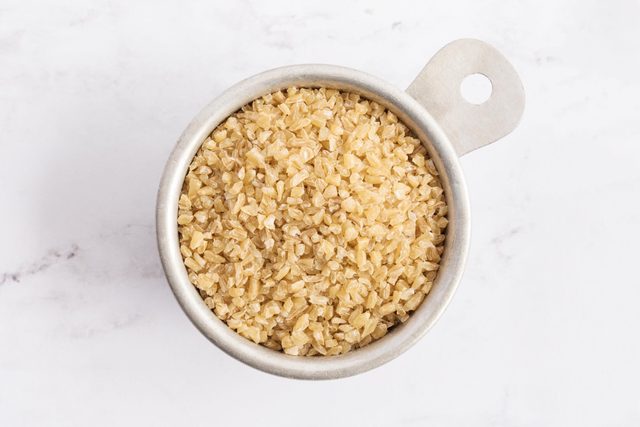
To cook bulgur, simmer the grains on the stovetop or soak them in hot liquid. The coarser the grind, the longer it takes. Soaking in hot liquid keeps the grains well separated but is most effective with fine- and medium-grind bulgur. Instead of water, try vegetable or chicken stock, milk or coconut milk for more flavor. Plan on about 1/4 cup of dry bulgur per serving.
Cooking bulgur
Step 1: Simmer the bulgur
In a small saucepan, bring 2 cups of water to a boil. Add 1 cup of bulgur, stir briefly and cover. Reduce the heat to a simmer and cook until tender, checking after about 10 minutes for fine bulgur. Add 5 minutes for each increase in coarseness; add a splash of hot water as needed to keep the bulgur from sticking.
Editor’s Tip: Bulgur can also be cooked instead in a rice cooker on the white rice setting or in a pressure cooker.
Step 2: Drain and fluff
When fully cooked, remove the saucepan from the heat. Drain off any excess liquid; use a fork to fluff the bulgur. Cover loosely with a kitchen towel and let sit for five to 15 minutes before fluffing again and serving or using in a recipe.
Soaking bulgur
Step 1: Prepare the bulgur
In a heatproof bowl or pan, combine 1 cup of bulgur with boiling water, using 1 cup water for finely ground bulgur and 2 cups water for coarser grinds. Cover with a lid.
Step 2: Soak and drain
Let the bulgur sit in the hot water until tender; this might take 10 minutes for fine bulgur and up to an hour for coarse bulgur. Drain off any excess liquid, fluff with a fork and serve.
How to Serve Bulgur
Traditional Middle Eastern recipes that use bulgur include salads, pilaf, stuffed vegetables and dishes that shape cooked bulgur, often mixed with beans or lentils, into balls or patties. Bulgur can find its way into plenty of nontraditional dishes, too. Consider bulgur alongside a main dish of chicken or tofu and roasted vegetables or as the base for a Mediterranean bowl. Slip bulgur into a fusion recipe like chicken Greek salad, vegetarian enchiladas or a hearty jambalaya.
What does bulgur taste like?
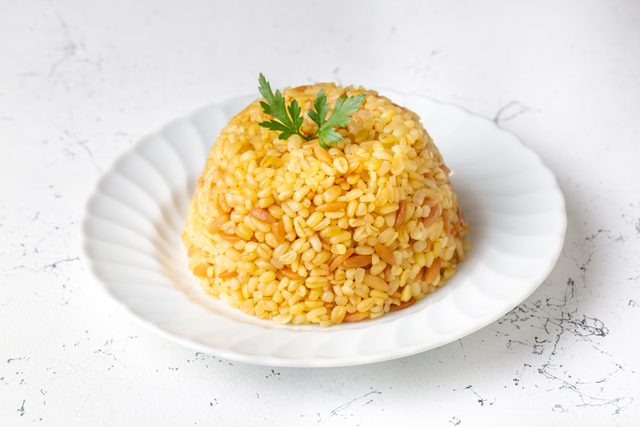
Bulgur has a light nutty flavor and retains a slightly chewy texture even when fully cooked. It has more flavor on its own than many other grains but remains mild enough to blend with a range of ingredients in sweet or savory dishes. Cook it in milk with a little cinnamon and then stir in honey for a sweet base, or simmer in vegetable, mushroom or chicken stock for savory recipes.
The taste and texture of bulgur make it a popular ground beef replacement in vegetarian and vegan chili (like this bean and bulgur chili), but it can also be served alongside meat instead of rice or another starch.
How to Store Bulgur Wheat
Keep dry bulgur in its original packaging or in an airtight container. Store in a dry place at a cool room temperature.
Cooked or soaked bulgur will last for up to four days in the refrigerator or three months in the freezer. Once tender, fluff the bulgur and let it cool completely before transferring it to an airtight container for storage. It can be used chilled, at room temperature or reheated with a splash of liquid over low heat on the stovetop or in the microwave.
The post What Is Bulgur Wheat and How Do I Cook It? appeared first on Taste of Home.
source https://www.tasteofhome.com/article/bulgur-wheat/
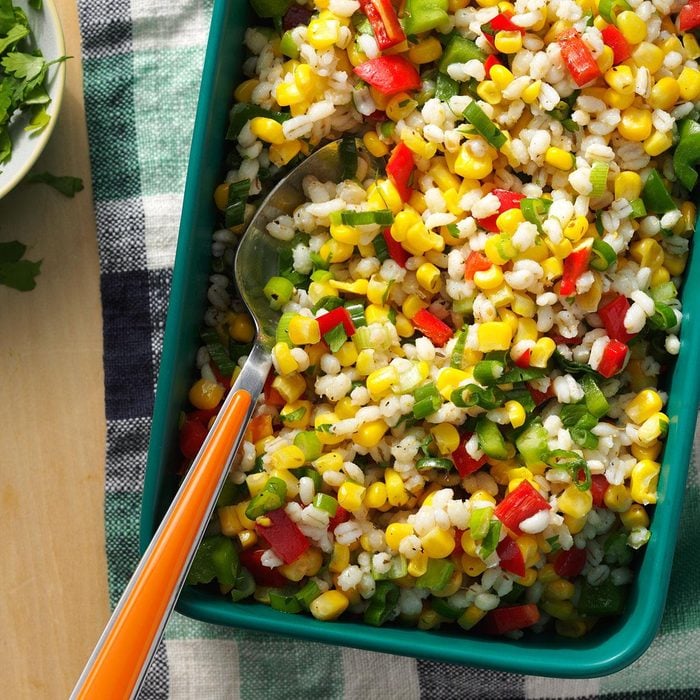
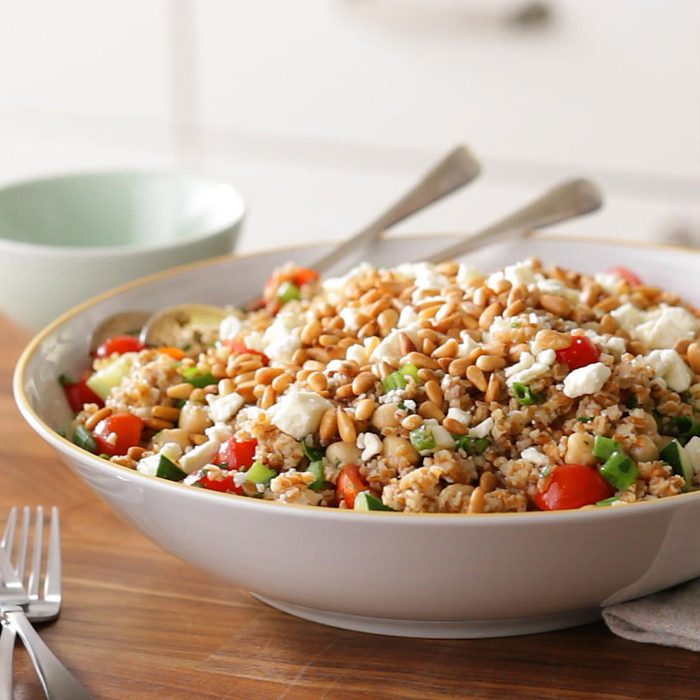
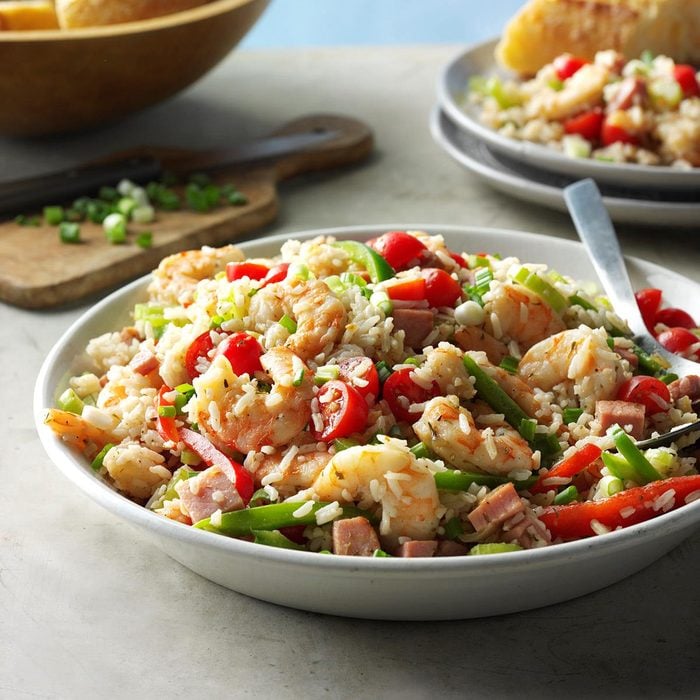

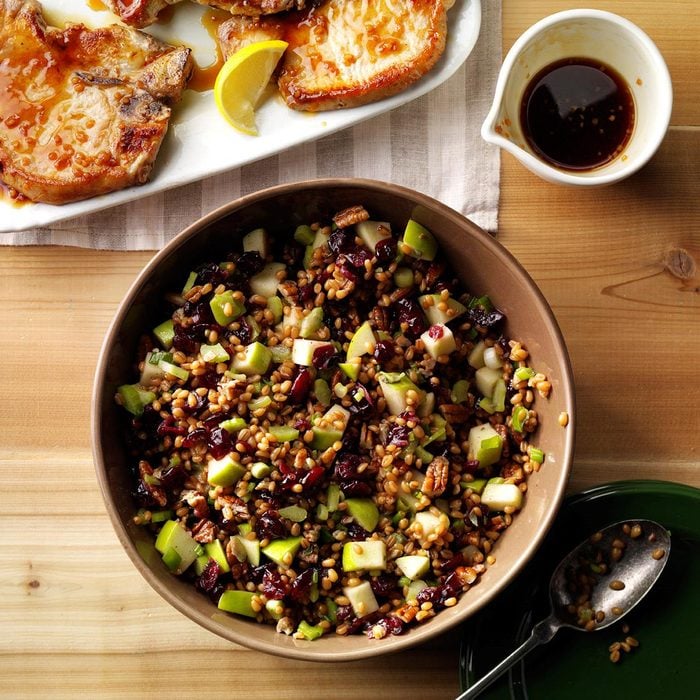
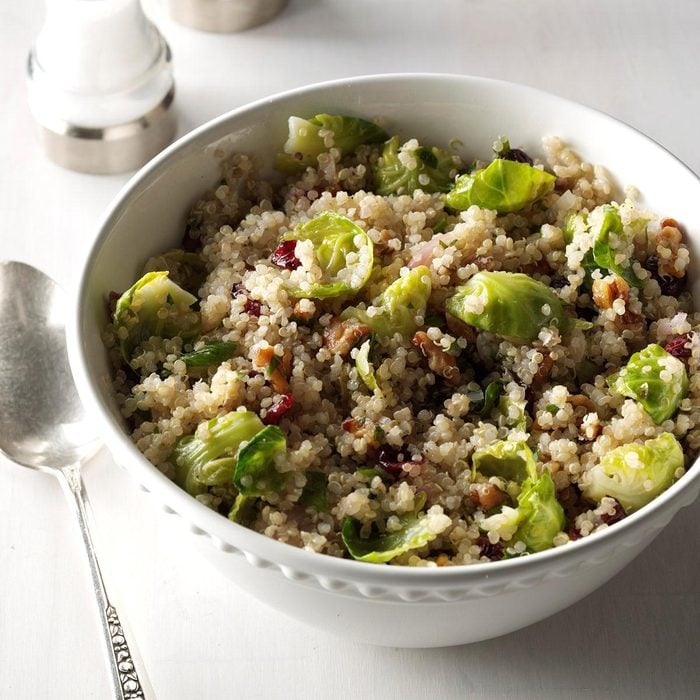
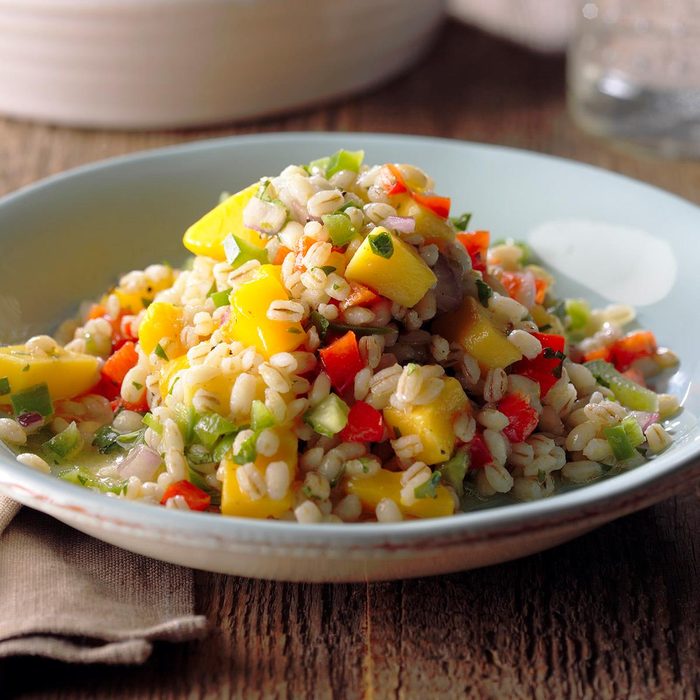
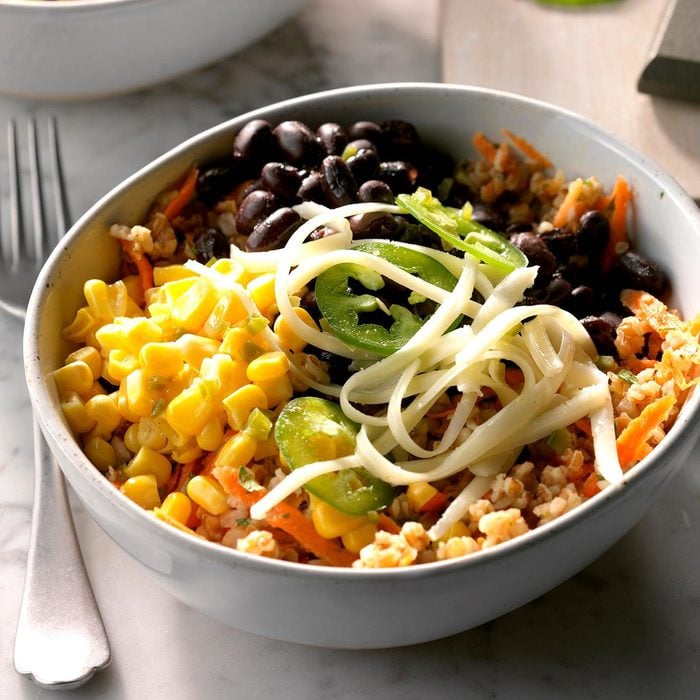
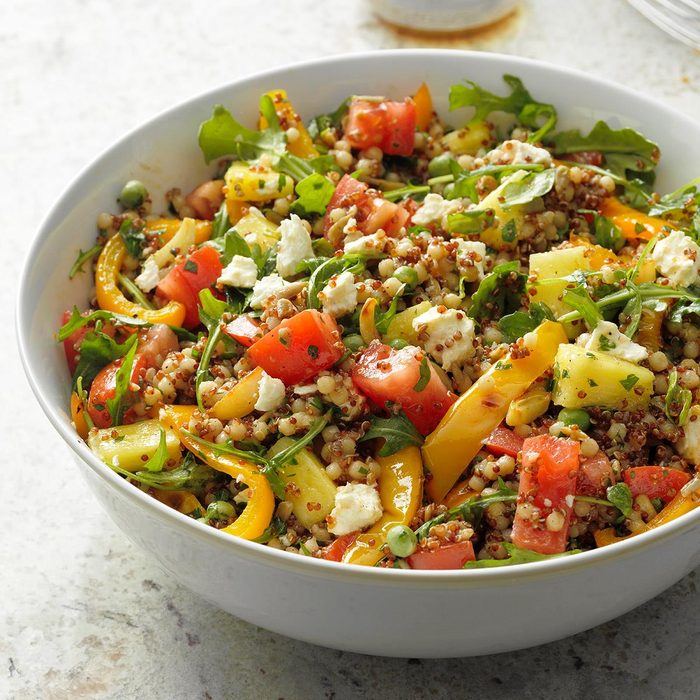
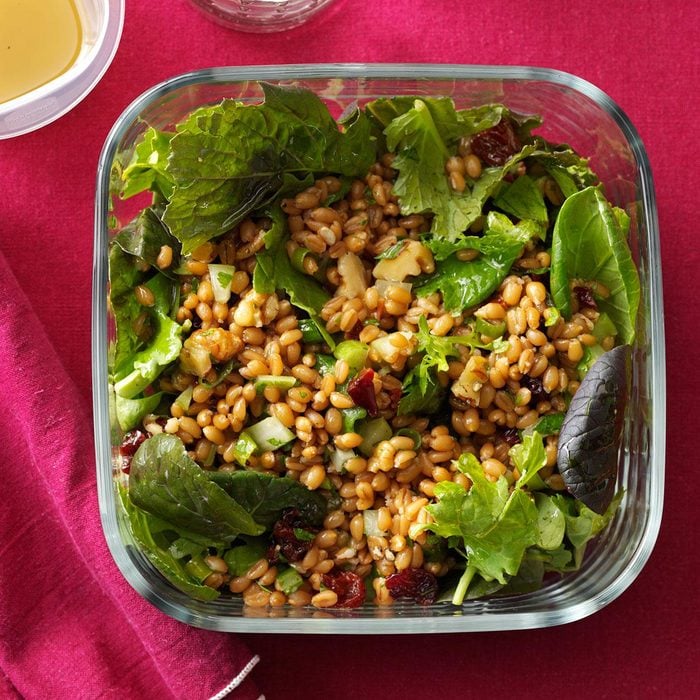
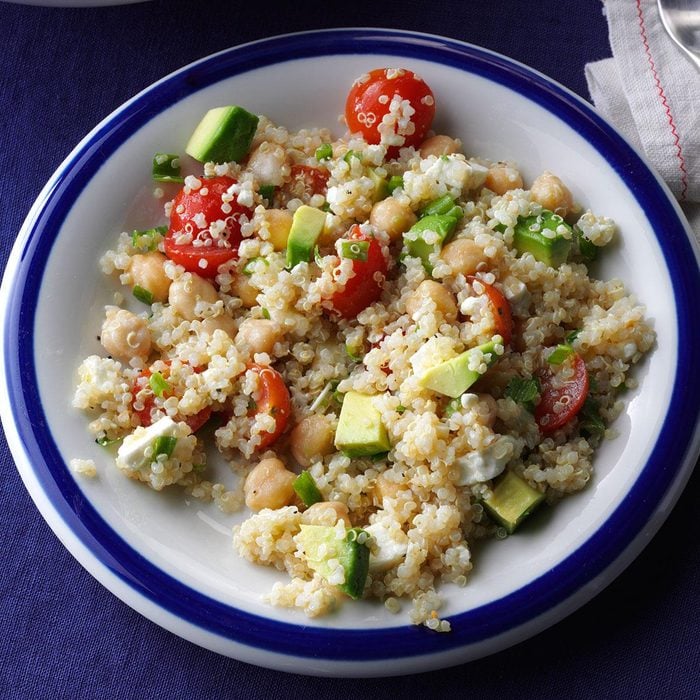
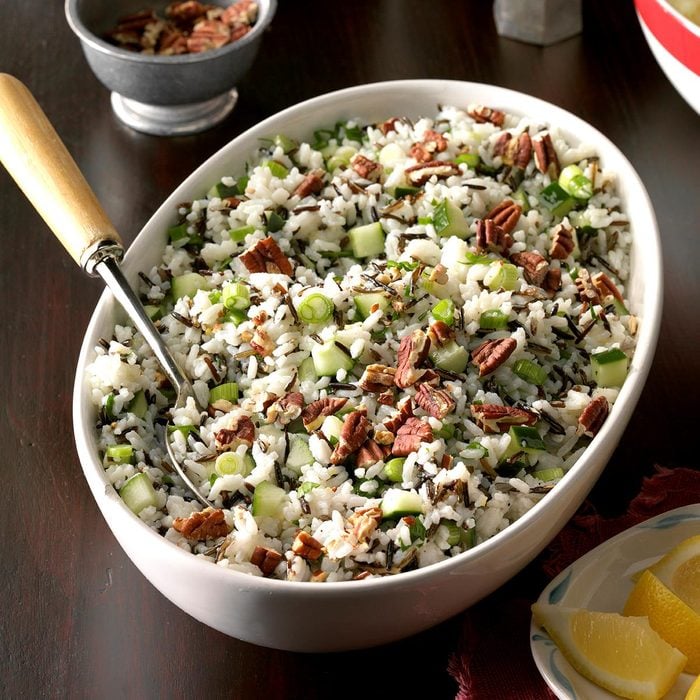
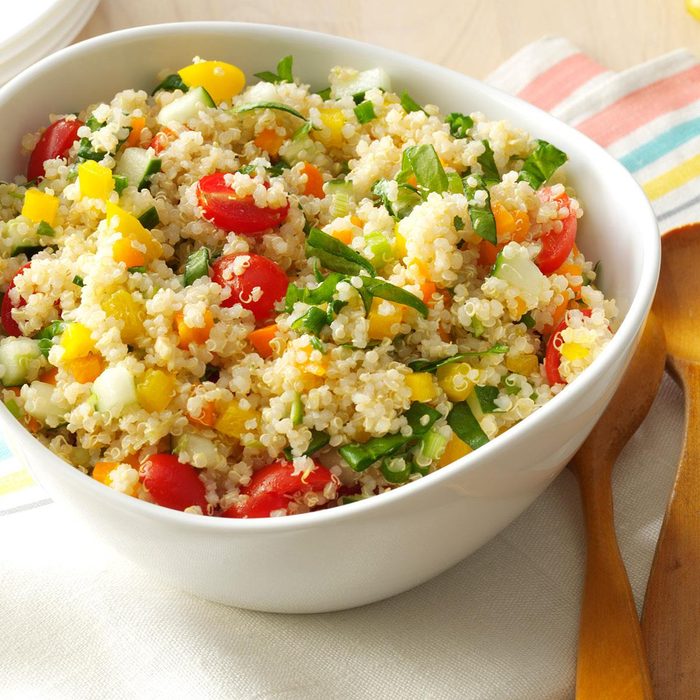
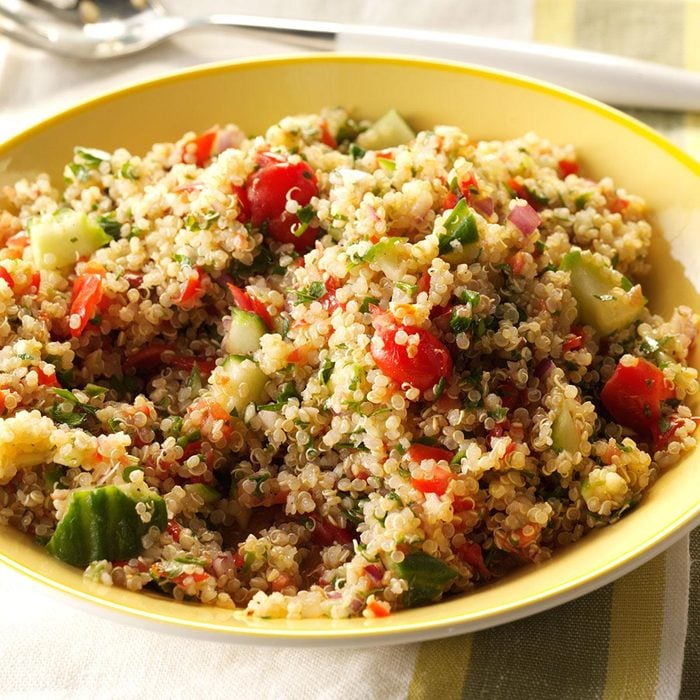
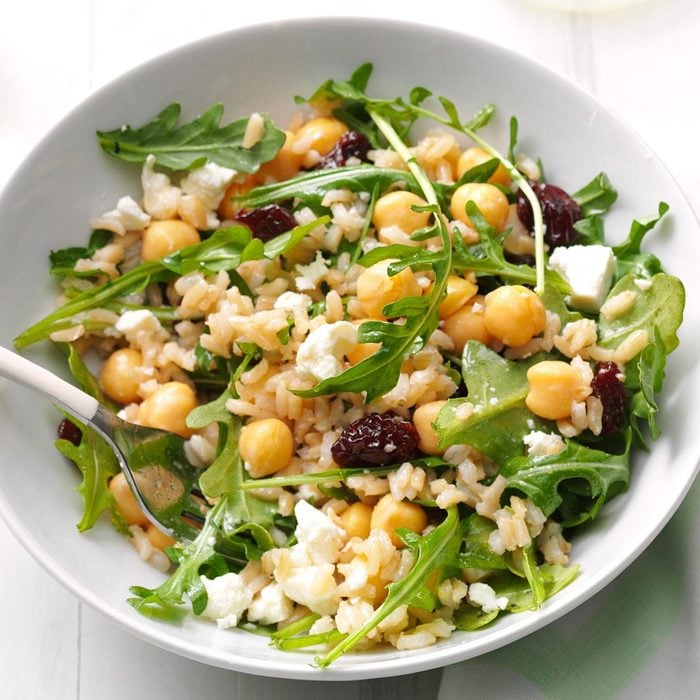

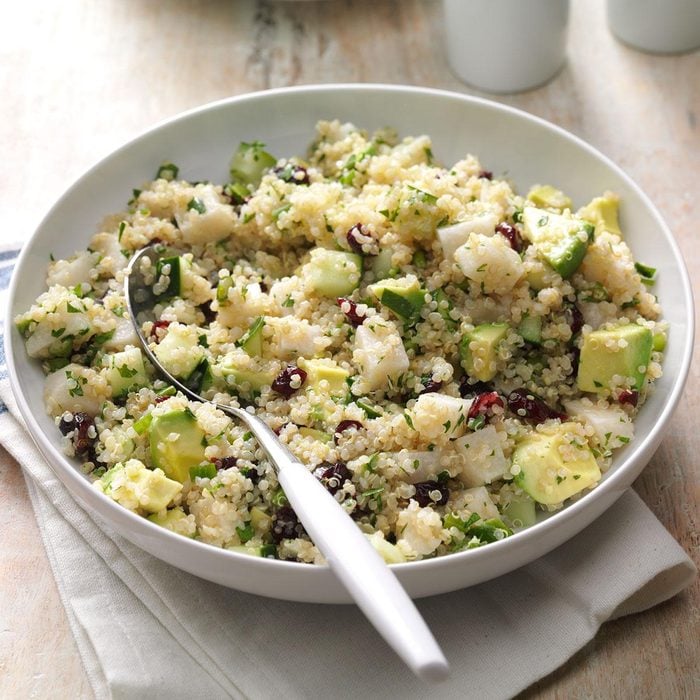
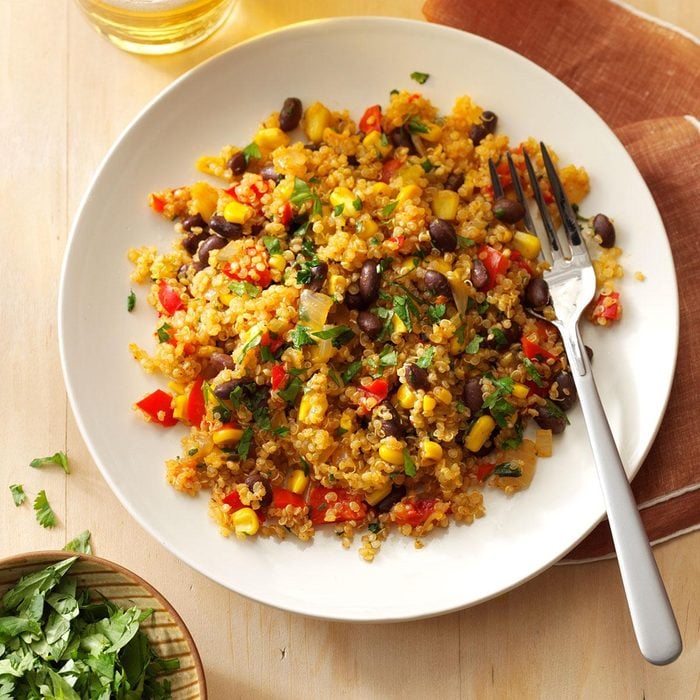
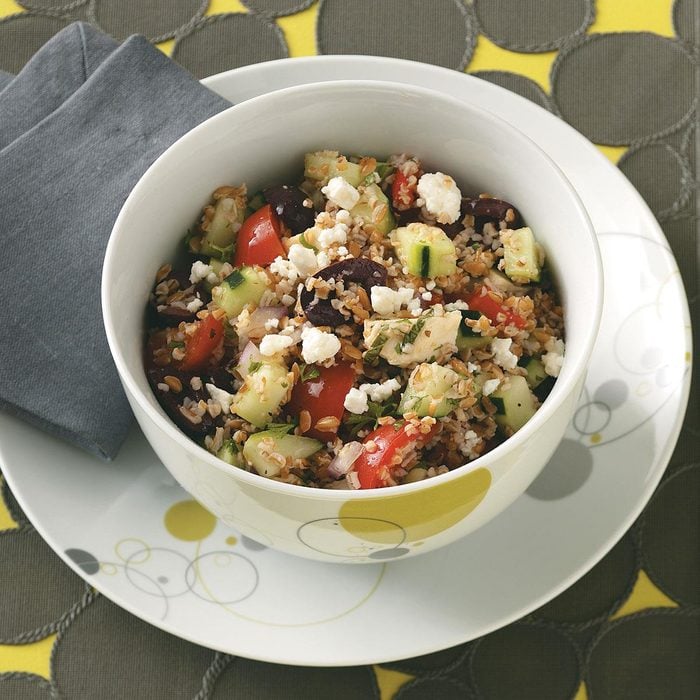
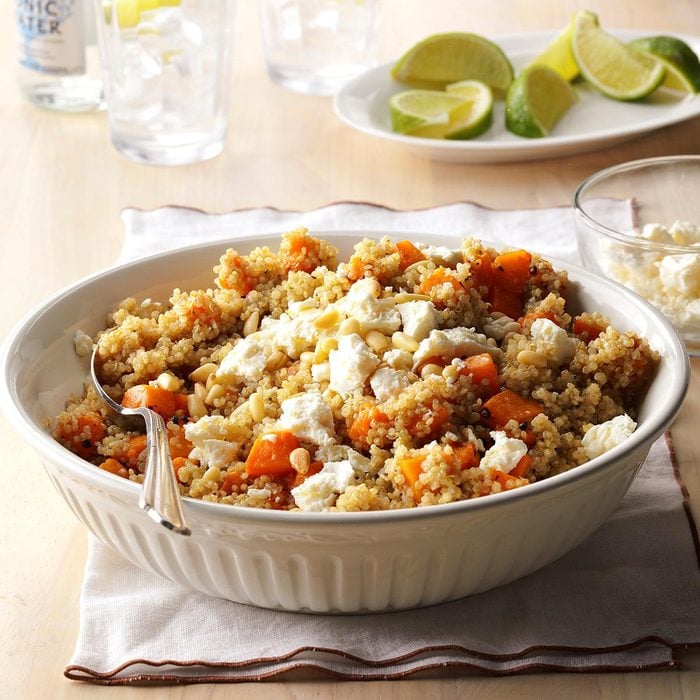


0 Response to "What Is Bulgur Wheat and How Do I Cook It?"
Post a Comment